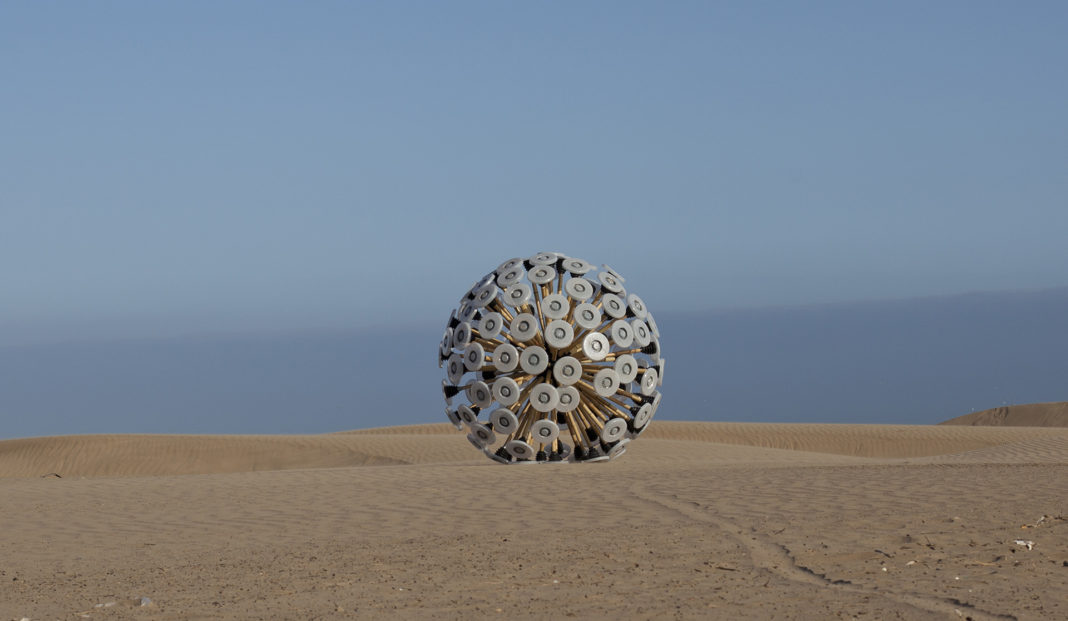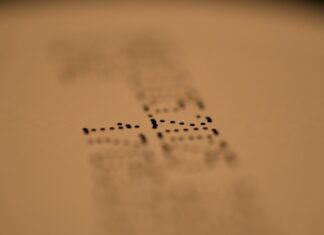To live in an area where minefields from the war period are around your own dwelling is conclusively stressful. The already disturbed psyche of war receives a constant harness due to the constant fear of landmines. Mines are removed in various, dangerous ways. Afghan inventor living in the Netherlands has developed a unique mine detecting and clearing facility under the name Mine Kafon.
The first mines were used in the First World War. It is estimated that there are approximately 10 million mines spread over 500 square kilometers in in Afghanistan. War land mines are responsible for many lives of soldiers and civilians.
Everyday Fear
Massoud Hassani and his brother Mahmud were born in Afghanistan. Their journey to school led through a minefield. They had to walk a special way because of their daily fear of life.
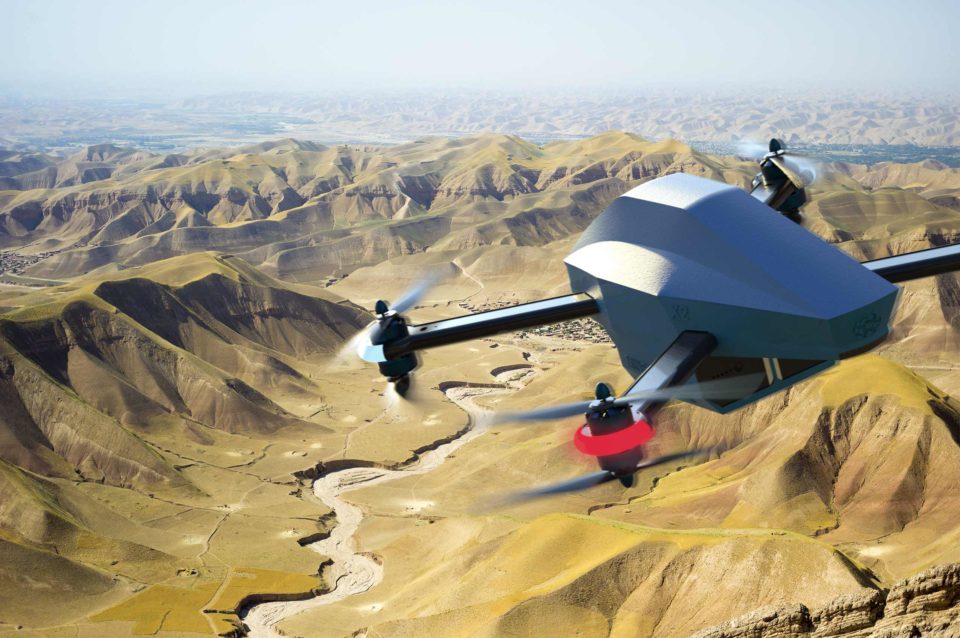
Knowing that millions of landmines are buried here, you feel that “becomes like a mental disorder… The fear is on your mind all the time,” Massoud says.
Massoud has spent the first 14 years of his life in his native country. Then his mother, using smugglers, got him out of the country. During his lifetime he lived in Pakistan and Russia. Since 1999 he has lived in the Netherlands.
Mine Kafton Ball
Special landscaping units equipped with mini-sights or specially adapted vehicles are used for mine clearance on the ground; possibly specially trained animals. Inspired by his childhood ideas, the student invented and created a unique minesweeper.
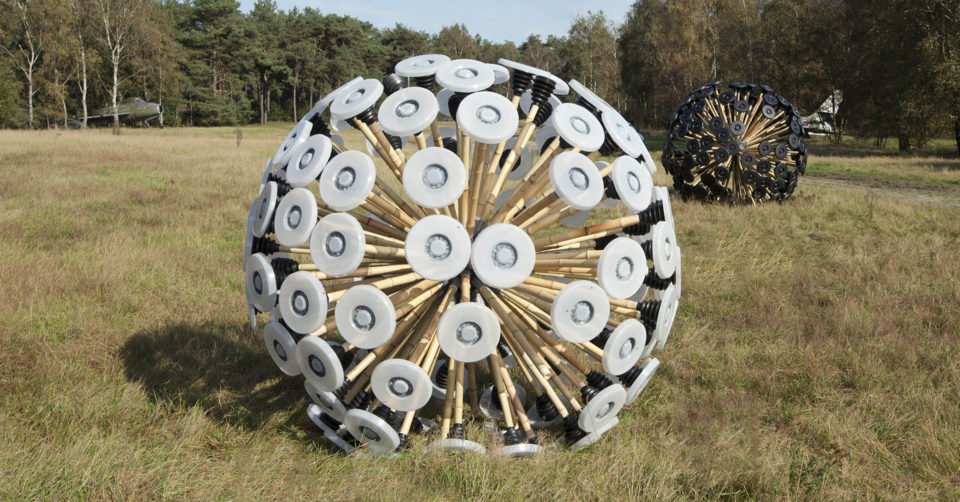
Massoud brought his skill and creativity from his childhood when he and his brother made wind-powered toys. He also used this experience during his studies at the Design Academy Eindhoven, where he studied industrial design.
The device made of bamboo, iron and plastic, looks like a giant dandelion flower. It rolls on the ground and detonates mines if it hit them. The project, as a result of two brothers’ cooperation, was a part of the Massoud’s 2011 graduation ceremony. He won several awards and the ball was exhibited at the Museum of Modern Art in New York in 2013. The brothers Massoud and Mahmud founded the company Mine Kafon (kafon = explode).
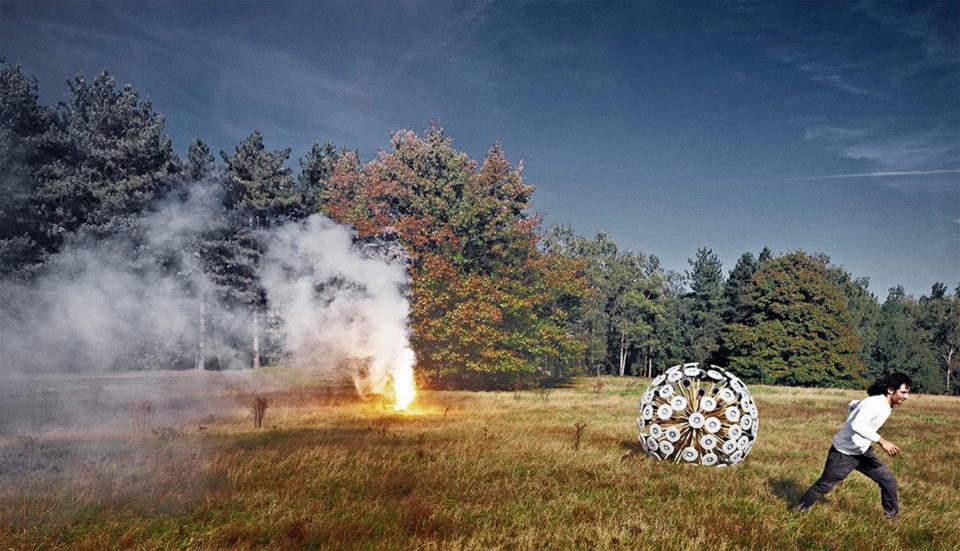
The “giant flower” can theoretically work mainly in open deserts, where the wind blows freely. The snag occurs when the device gets stuck in the middle of a minefield and needs maintenance. Mine can be used primarily for mine field identification.
Demining Drone
Mine Kafon deals with mine clearance projects. The unique drone works in three steps.
Using its 3D camera, GPS and computer, it generates 3D maps in potentially mined areas. The second step is to use a metal detector to search for mines and use a robotic gripper to place the detonator above the mines. In the final step, he moves to a safe distance and detonates a mine.
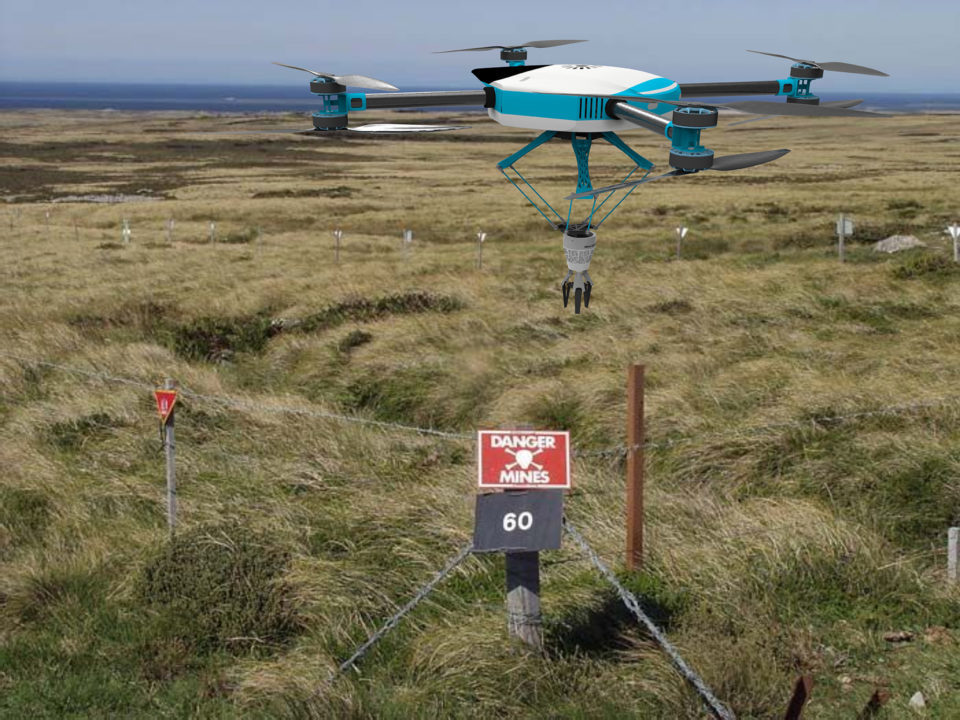
Worldwide there are about 100 million mines in 60 countries. According to the International Land Mine Ban Campaign, about 4,000 people are killed or seriously injured every year by landmine. 79% of the victims are civilians. According to the UN, up to 20,000 people are crippled annually.
Using a drone is safer and cheaper than typical mining methods. Mine Kafon says its drone is safer, 20 times faster and up to 200 times cheaper than current technology and can clean the world of mines in 10 years.
In some post-war areas, dandelions could reappear after the mine clearance.
Source and credit: minekafon.org

